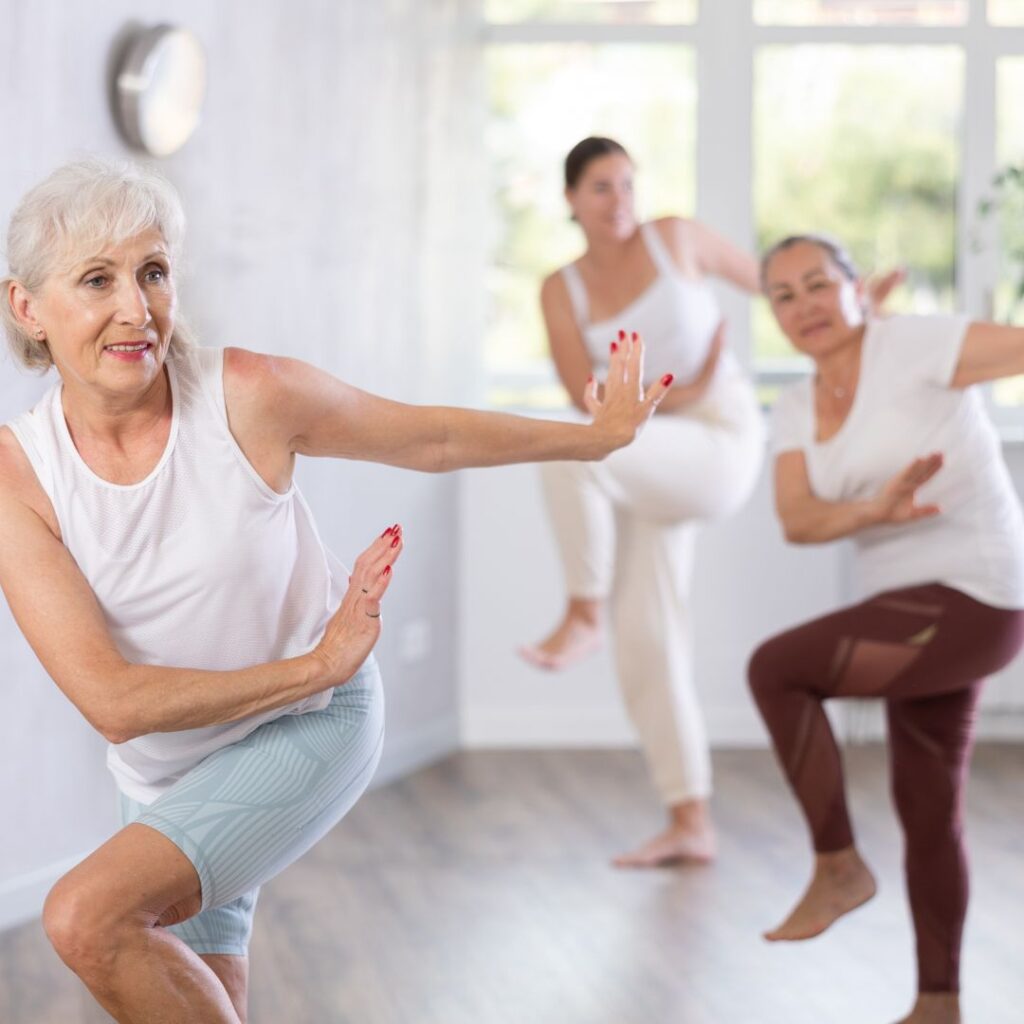Previously, we explored the concept of frailty and the impact of adverse incidents on our well-being. But the real question is:
How can we prevent the steady decline in our health and well-being?
The good news is that there are steps we can take to increase our resilience and ensure our longevity remains vibrant. As we highlighted, there are three key areas we can influence to support our overall well-being:
1. Physical Health – The Benefits of Active Ageing
2. Optimal Nutrition – ensuring hydration and proper nourishment
3. Mental and Psychological Health – managing stress and cultivating a positive mindset
Today, we’ll focus on physical health, particularly the importance of Active Ageing.
Active Ageing: Why It Matters
Physical activity is often part of our daily routine when we’re young. We participate in school sports and extracurricular activities, and, as young adults, we may hit the gym, practice yoga, or go for a jog. However, balancing careers, families, and busy lives often leads to physical activity taking a backseat as we age. Returning to an active routine can be challenging once children leave home and retirement approaches. But it’s never too late to start – and as we enter this “golden era,” it’s crucial to embrace Active Ageing by incorporating sustainable and enjoyable habits into our daily lives.

Why Active Ageing Is Essential
Ageing is a complex process influenced by genetics, lifestyle factors, and chronic conditions, which shape how we age. But we can still influence how our bodies age by taking proactive steps.
• Muscular Strength: Sarcopenia, or the gradual loss of muscle mass, is a normal part of ageing. Between ages 50-70, strength decreases by about 30%, and after 70, the decline accelerates. Regular strength training can help combat this decline and maintain muscle function. Additionally, joint flexibility exercises can reduce pain and improve mobility.
• Balance: Age often leads to a loss of balance, which increases the risk of falls. However, balance can be improved with targeted exercises that enhance mobility and stability, reducing the likelihood of falls.
• Endurance: Consistent physical activity improves endurance, allowing older adults to maintain a higher level of physical function than their sedentary peers. This can reduce frailty and contribute to a healthier, more active lifestyle.
Creating a Healthier, More Resilient Lifestyle
So, how do we ensure a lifestyle that supports our physical health and resilience? Start by consulting your General Practitioner to assess your current health and address any concerns. A thorough check-up and treatment plan will lay the foundation for a healthier life. Once your health is in check, it’s time to embrace sustainable habits that encourage physical activity.

Here are some simple, creative ways to integrate more movement into your daily routine:
- Start Small: Begin with something you enjoy, even if it’s just 10-15 minutes a day. Gradually increase the duration or intensity as you build strength and stamina.
- Make It Part of Your Routine: Set a regular time for your activity – maybe a morning walk, an afternoon yoga session, or a post-dinner stroll.
- Mix It Up: Keep it fun by trying different activities. From dancing to hiking or joining a local fitness class, variety keeps things exciting and prevents boredom.
- Buddy Up: Invite a friend or family member to join you. Exercising together can make it more enjoyable and provide added motivation.
- Hydrate and Fuel Up: Drink water before and after your workout, and eat a healthy snack to fuel your body.
- Safety First: Always consider your safety. If you’re walking or exercising outdoors, carry a walking stick, inform someone of your whereabouts, and take a mobile phone if you need assistance.
- Explore New Classes: Look for local activities such as yoga classes, line dancing, swimming, or tai chi. These offer variety while also providing social interaction.
- Consult a Biokineticist: A Biokineticist can assess your physical strengths and weaknesses and tailor an exercise plan to your needs, especially if you’ve had an injury or adverse health event. Working with a Biokineticist can help delay degenerative changes, maintain independence, and boost confidence.

The Benefits of Being Active Physical activity brings far more than just physical health benefits. It boosts circulation, promotes better sleep, and lets you spend time outdoors. Plus, it can introduce you to new friends and provide a sense of accomplishment. All these factors contribute to a greater sense of well-being. By embracing Active Ageing, you can enhance your quality of life and age with vitality.
Be Active. Be Well. Take care and much love, Sr Heide-Marie Archer
Macadamia Care (MacCare) acknowledges the importance of our client’s physical and emotional well-being by offering carefully selected activities that benefit both mind and body. To contact us, please click here.

